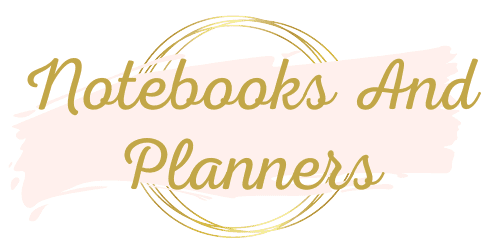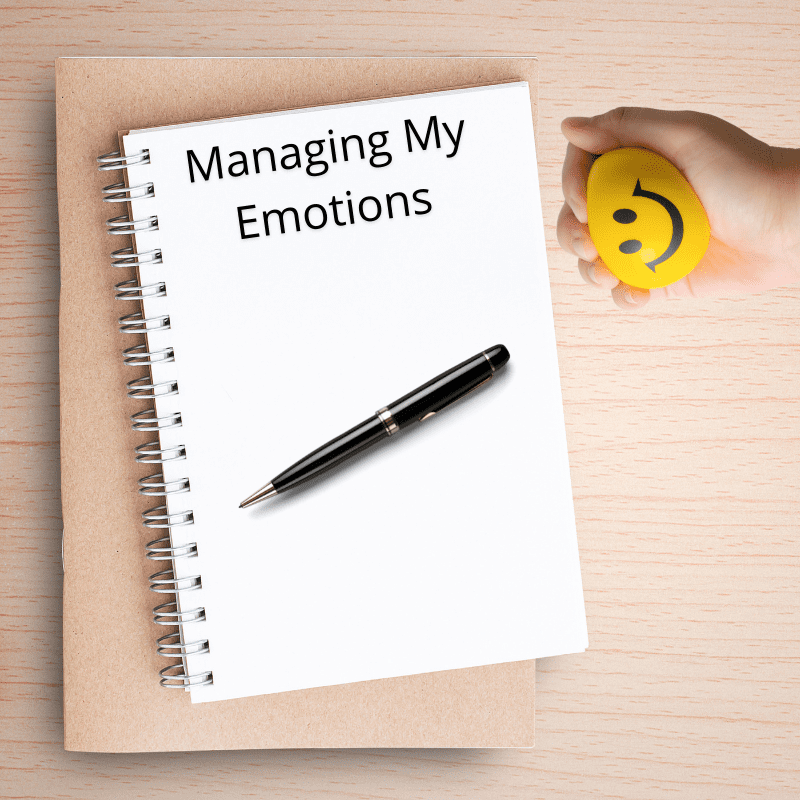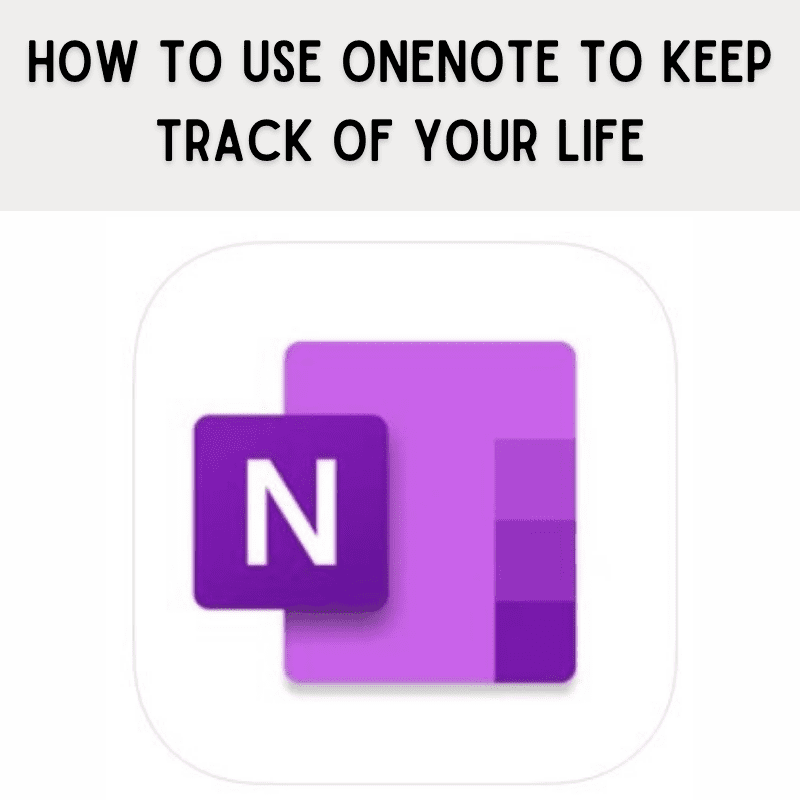Last Updated on April 21, 2022 by Jen
A notebook can be a great tool for managing your emotions. When you’re feeling upset, it can be helpful to write down your thoughts in a notebook. This can help you get clarity on your emotions and figure out what’s really bothering you. You can also use your notebook to share thoughts that don’t need to be said to other people. This can be a great way to let off steam without hurting anyone’s feelings. Additionally, using a notebook to manage your emotions can help you be more grateful, less angry, and more friendly. So if you’re looking for a way to improve your emotional well-being, consider using a notebook!
1. Cultivate Gratitude In A Notebook
It’s no secret that gratitude is one of the keys to happiness. It can also be a key to managing your emotions, and you don’t need to wait until Thanksgiving Day to get started! You can train yourself to use your notebook as a place for writing down things you’re grateful for. This will help balance out what we often dwell on in our lives – the bad stuff goes into our notebooks too, but it doesn’t stay there long if we make sure we write about what makes us happy and grateful as well. Keeping track of how lucky you are with this simple habit will help bring more peace into your life.
Here are some strategies:
1) When something good happens, pause for a moment before the next thought enters your mind and jot it down.
2) Each night before you go to bed, brainstorm 3-5 things you’re grateful for that day. They can be small things like your favorite part of the day or something bigger like a new job or promotion.
3) If you’re feeling low, take a look back in your notebook at some of your old entries and reflect on how far you’ve come, and then write about that.
2. Gain Clarity Around Your Emotions
If you’re feeling upset, it can be helpful to use a notebook to gain clarity on your emotions. Often, when we’re upset, we don’t really know why. We might just feel overwhelmed or anxious. By writing down our thoughts in a notebook, we can start to figure out what’s really going on. This can be a great way to get some closure and move on from the situation.
Here are some strategies:
1) Just start writing, even if you don’t know where to start. Write things that make sense to you, such as “I am angry” and “I don’t know why I’m angry”.
2) Allow yourself to write down whatever comes to mind in your notebook, including why you became upset and why you are maintaining that feeling.
3) Brainstorm some ways to stop being upset, and include why those things will work. It may be as simple as “Call up Cathy because she always makes me laugh.”
3. Get A Hold Of Anger And Other Negative Emotions
If anger is something you struggle with, a notebook can also be a helpful tool. Writing down what’s making you angry can help you figure out what’s really bothering you and potentially help you find a solution. It can also be therapeutic to simply get your anger out on paper instead of holding it in. Just make sure (unless you know no one can get to it) not to write anything that you wouldn’t want someone else to read!
A notebook can be a great way to let go of negative emotions. When you’re feeling down, it can be helpful to write down your thoughts in a notebook. This can help you get clarity on what’s going on and figure out a plan for how to move on. Additionally, writing in a notebook can be a great way to express yourself when you don’t feel comfortable sharing your feelings with other people. This can be a safe space where you can let go of your negative emotions and start to feel better.
4. Be More Aware Of Your Emotions
Writing in a notebook can be a great way to become a better person. When you take the time to write down your thoughts and feelings, it can help you become more mindful and aware of yourself. Additionally, using a notebook to manage your emotions can help you be more grateful, less angry, and more friendly. So if you’re looking for a way to improve your emotional well-being, consider using a notebook!
One of the best things about using a notebook to manage your emotions is that it can help you be a nicer person. When you’re feeling angry, frustrated, or overwhelmed, it can be tough to be kind to other people. But if you have a notebook where you’ve been venting your negative feelings through writing rather than verbally, it can be a lot easier to remove those heated emotions and be more understanding and compassionate.
Also, when you’re in a good place emotionally, take some time to read through your old entries. You’ll probably be surprised at how many kind and loving things you’ve said!
5. Get Peace Of Mind
A notebook can be a great way to organize your day and give you peace of mind. When you have a place to write down your goals and tasks, you’re more likely to follow through with them. Additionally, writing in a notebook can be a great way to calm down and de-stress. Taking a few minutes out of your day to write in your notebook can help you feel more centered and focused.
6. Get Out Negative Thoughts
It’s often difficult to share our private thoughts with other people, especially if they’re negative. This is where a notebook can be really helpful. It can provide you with a space to share your thoughts and feelings that you wouldn’t feel comfortable sharing with anyone else. This can be a great way to let out your emotions and start to feel better. Additionally, writing in a notebook can help you process difficult situations and make sense of them.
7. Be More Friendly
Last but not least, if you’re looking to be more friendly, a notebook can help with that too. Use it as a place to brainstorm ideas for acts of kindness or ways to brighten someone’s day. You can also use it as a journal to reflect on how your acts of kindness made you feel. This will not only make you happier, but it will also likely make the recipient of your kindness happy as well.
In short, next time you’re feeling down, angry, or upset, try reaching for your notebook instead of your phone – it just might make all the difference.





